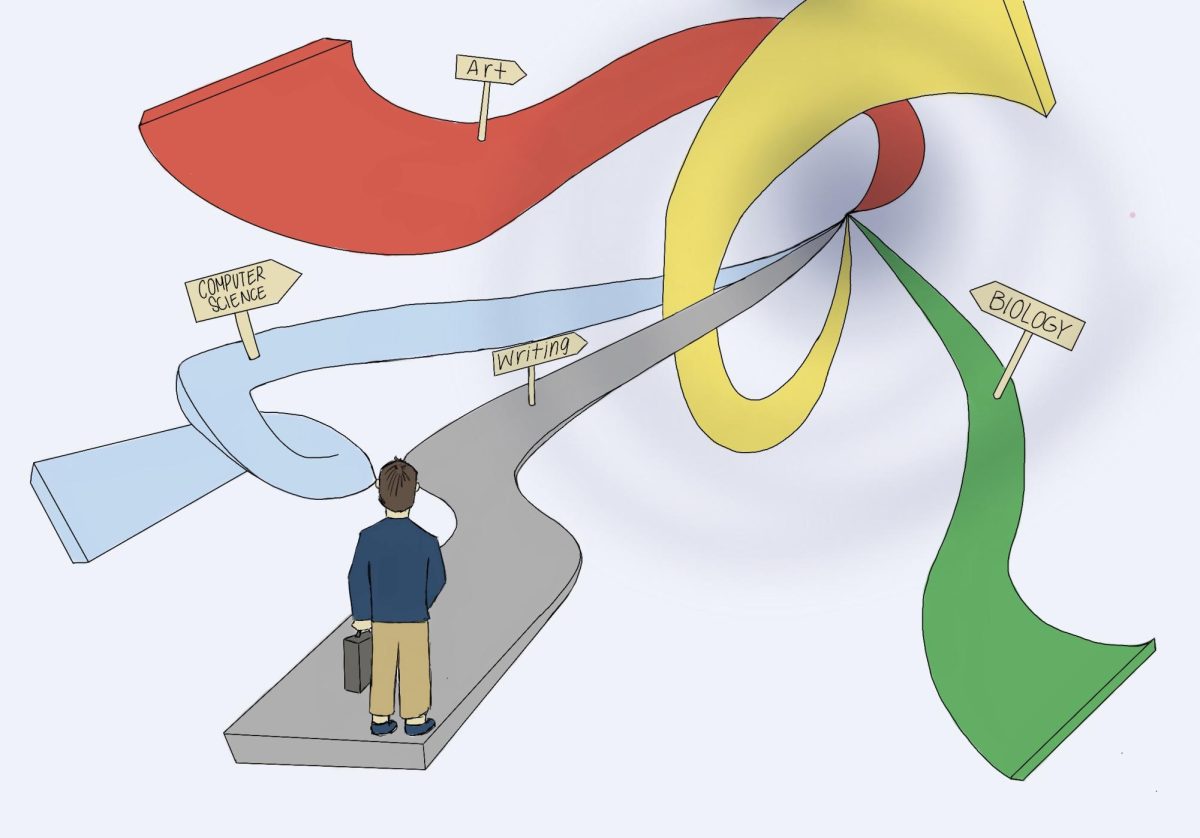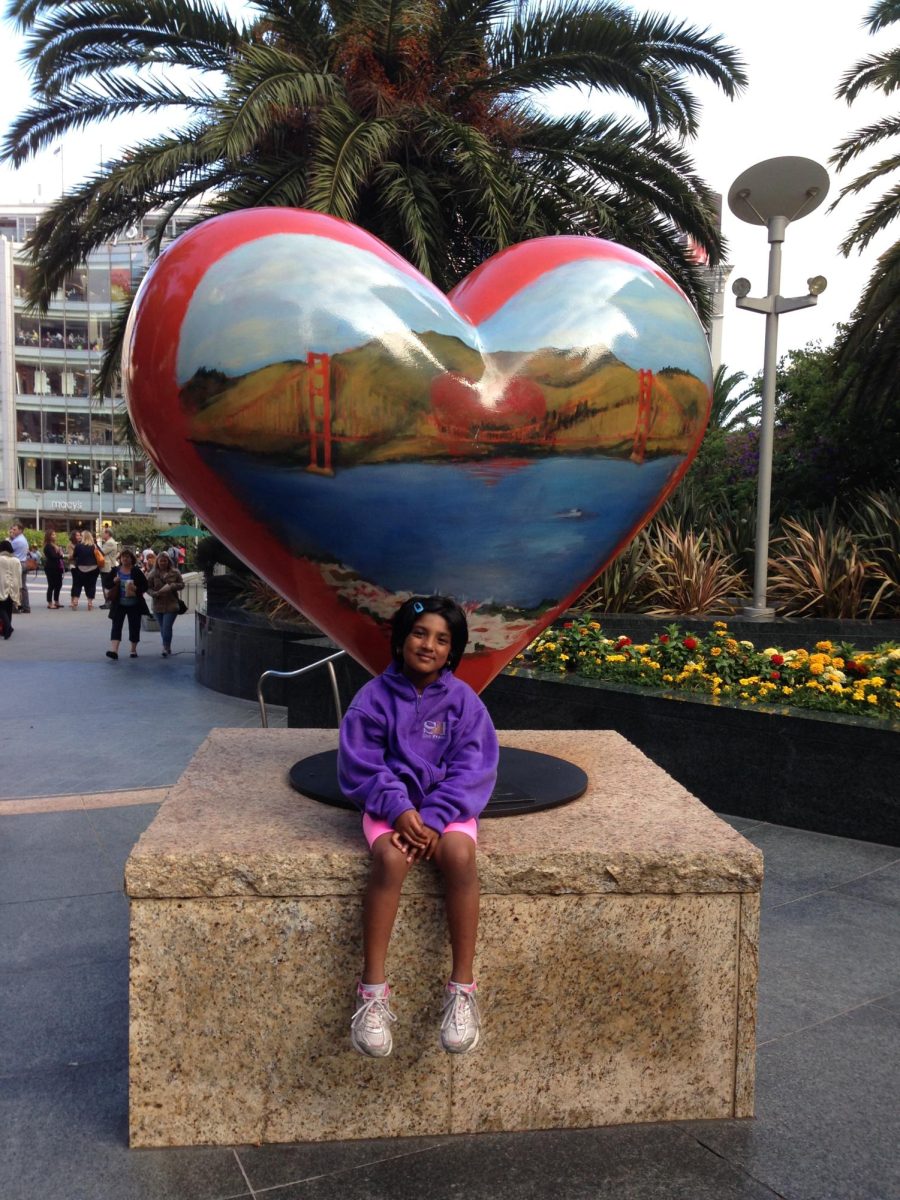When I walked into my first DVHS college fair, I expected to leave with new insights, inspiration, or, at the very least, a clearer picture of my future. What I left with, however, was a pile of brochures and more questions than answers.
While college fairs are designed to help us make informed choices, they fall short of providing meaningful and personalized guidance for students. The representatives often stuck to rehearsed responses, redirecting students to the brochures instead of offering meaningful or specific information, making it seem like they were unprepared to address individual questions. For example, questions about academic programs or campus life often lead to broad responses that don’t address what students truly want to know, leaving me with little to no clarity about the colleges they are promoting. For example, when I, a student, requested details on scholarships for international students, I was met with generic statements about financial aid, thereby failing to address the student’s own financial circumstances or eligibility.
It resembled a one-size-fits-all approach for all, which left us feeling that an event designed to help us make our own choices didn’t provide the information we came for and also felt as though they were reading from a script rather than engaging with students on a personal level, which adds to the sense that college fairs prioritize marketing over substance. It felt like they were more focused on selling the college experience than providing actual guidance, and while alumni could share personal stories, they often couldn’t answer specific questions about majors or resources.
The event’s overcrowded and chaotic setup also added to my frustration. The gym was packed with students, which made it nearly impossible to navigate, all the while creating long lines at popular booths while others were practically deserted. According to International College Counselors, college fairs often overwhelm students due to their chaotic and overcrowded nature. This lack of clear organization made me miss the chance to speak with representatives from schools I was genuinely interested in.
In addition to this, we often leave college fairs overwhelmed by a stack of brochures, most of which offer little beyond promotional material. I left the fair with a bag full of them, but as I flipped through, I realized they offered little more than what I could find with a quick Google search. This brochure overload also has a digital equivalent: the flood of emails. I thought the endless emails I received after attending the fair would help fill in the gaps. Instead, they became a new source of frustration.
College fairs are supposed to help us navigate the daunting college admissions process, but instead, they often leave us feeling overwhelmed and under-informed. They fail to address the complexities of choosing a college, from understanding financial aid to exploring niche majors, and they don’t provide the personalized guidance many of us desperately need.
Above all, college fairs should prioritize guidance over marketing. Representatives need to move away from sales pitches and focus on helping students identify their goals and how their schools might fit those aspirations. When a student inquires about research opportunities in a pre-med program, representatives often resort to generic comments about having “great facilities” rather than detailing actual opportunities, such as partnerships with hospitals or available internships. Providing concrete examples would allow students to envision their academic journey more clearly.
As it currently stands, college fairs are a missed opportunity. They could be so much more than an exchange of brochures and generic responses. With better organization, clear communication, and focus on student needs, college fairs could shift from mere propaganda to genuine guidance.








